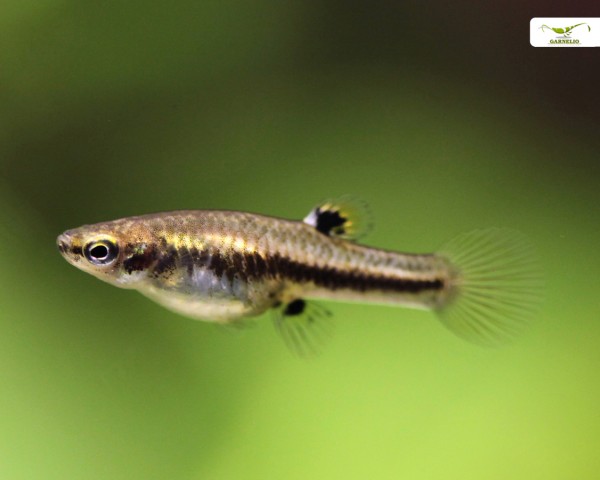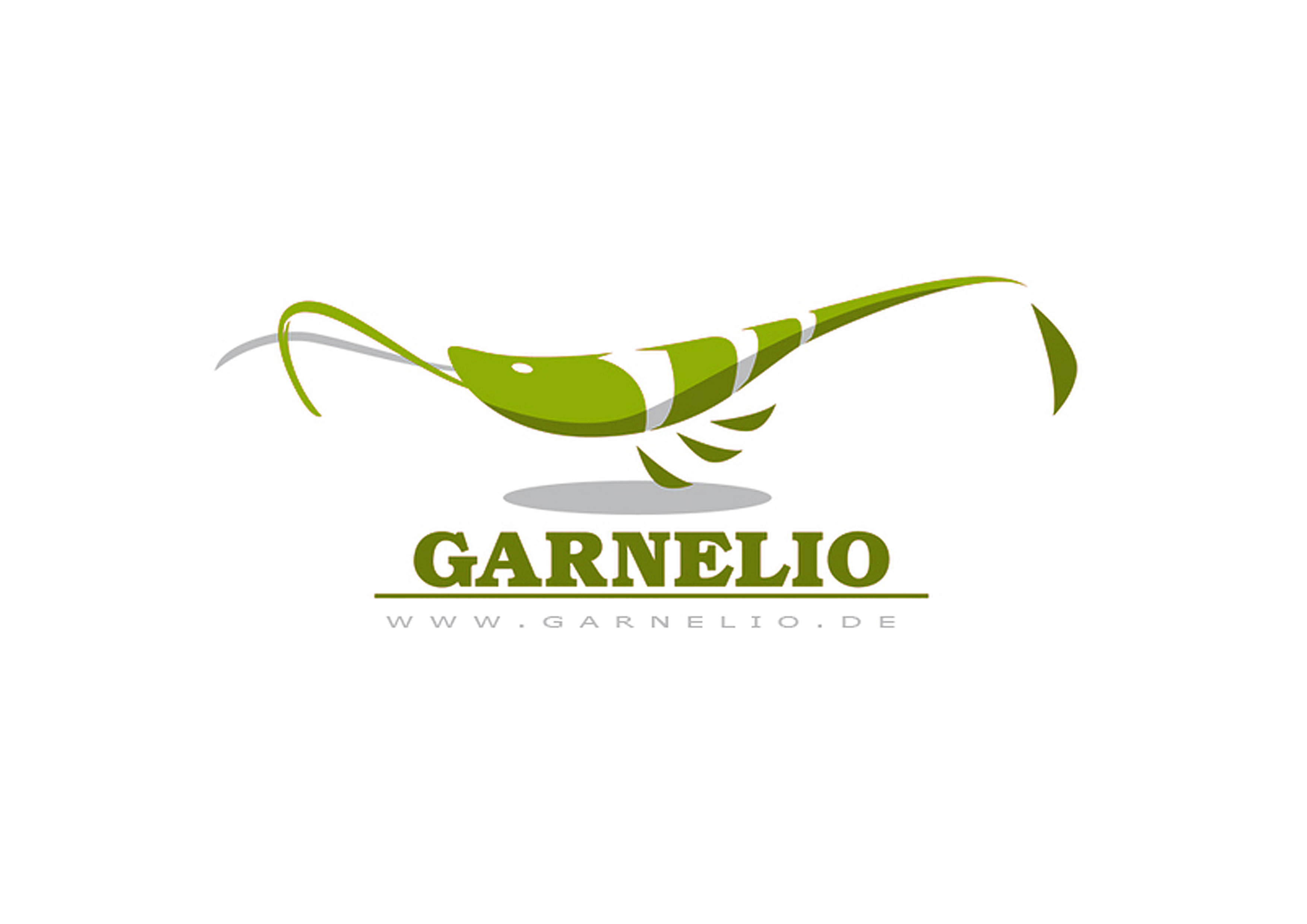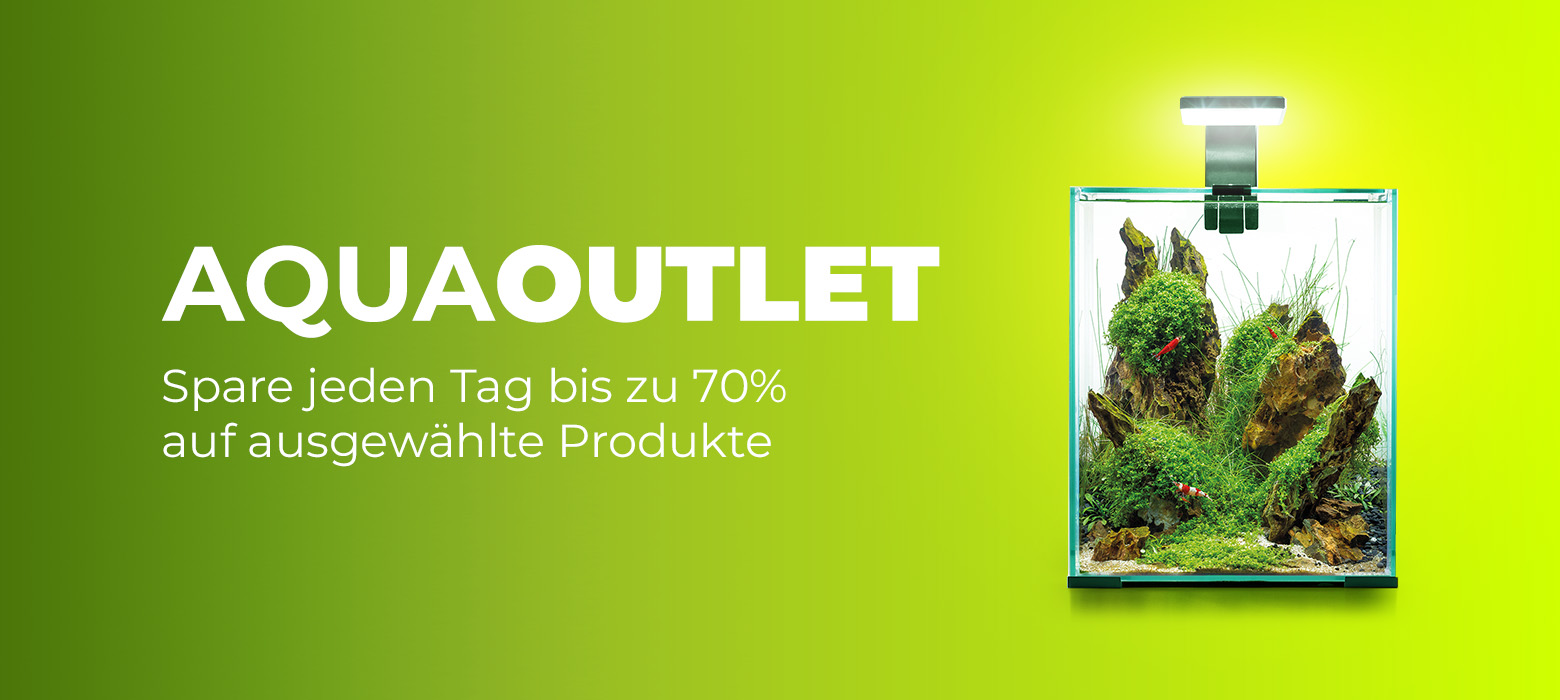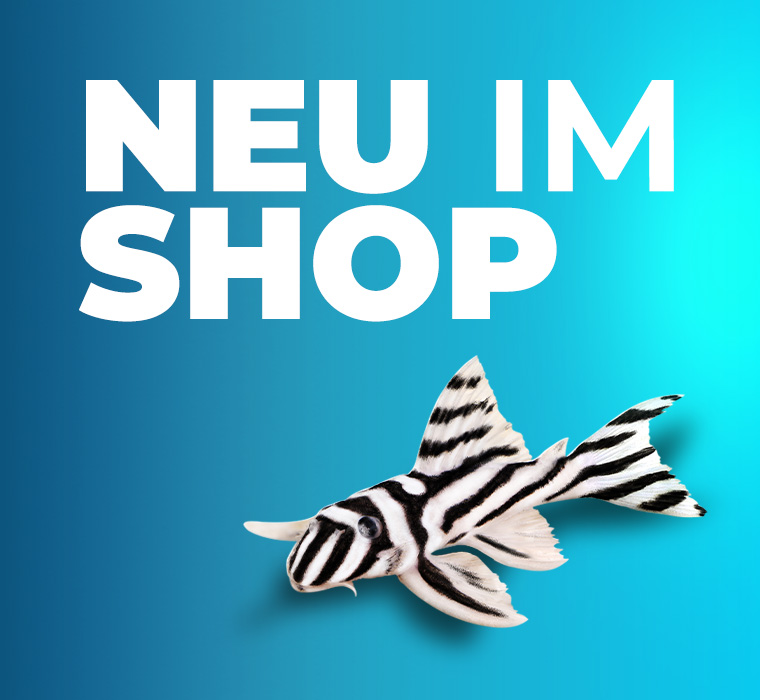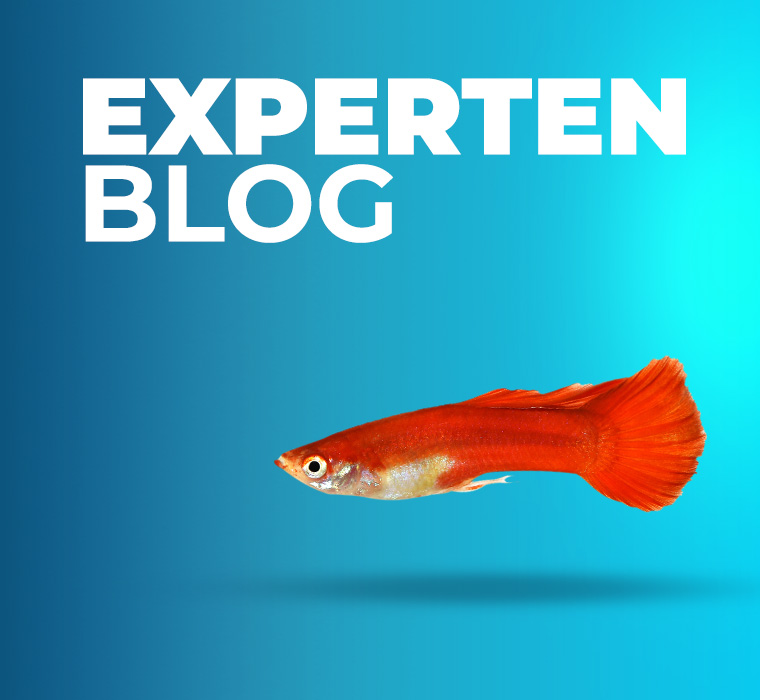incl. VAT plus shipping costs
Currently not available
Delivery only innh. Germany and Austria possible.
Switch to the German store
- Item no: 7604
Fast delivery times
All products are in stock with us!14 years of breeding experience
Let our team of experts advise you!High customer satisfaction
from over 3,000 reviews "| Pelvic region: | Center |
| Visual effect: | Forms precincts |
| Origin: | North America |
| Difficulty: | 1 - Simple |
| with dwarf crabs?: | Yes |
| with snails/shells?: | Yes |
| Planting possible?: | Yes |
| Diet: | omnivorous - omnivorous |
| Temperature: | 15-20 °C |
| Final size: | 1-4 cm |
| with shrimps?: | with dwarf shrimp, offspring may be eaten |
| Fish group: | Tooth carp |
| Water values: | Hard water |
| Breeding: | simply |
| Aquarium size: | 54 l (approx. 60cm) |
Heterandria formosa, the dwarf carp, is native to the southeastern United States, where it is found in plant-rich slow-moving and stagnant small waters. The small livebearers are even found in brackish estuaries. The dwarf was once considered the smallest fish in the world (but has been superseded by other, even smaller species) and is still considered the smallest fish species in North America.
Growing to only 2-3 cm, the coloration of dwarfs is not as spectacular as other livebearers, but dwarf carps shine with other advantages - relative robustness, charm, and perfect suitability for shrimp aquariums. And at second glance, these little fish are actually quite pretty - a dark gray to olive background is emblazoned with a longitudinal black stripe that runs from the snout through the eye to the base of the transparent caudal fin, fringed by light accents in the forebody. In males, this longitudinal band may be pronounced in a zigzag pattern, furthermore they have a very pronounced gonopodium (elongated sexual organ). The dorsal fin has a pretty black spot with a yellow edge, and the anal fin of females is also adorned with a black spot. The belly is silvery. Males are rather slender and remain quite small, up to 2 cm in body length, while females have a more or less round body cross-section.
As live-bearing toothcarps , adult females of Heterandria formosa give birth to up to 5 live young daily for about three weeks, followed by a break of 1-2 weeks. The females carry up to 8 or 9 broods in their abdomen, which are developed to different degrees and are therefore born gradually - a sensible adaptation to the habitat "small waters". A few young in succession have more chance of making it here than a large number of fry born all at once. The young fish are raised with infusoria and a little later with artemia euplii. The adult fish do not chase the offspring, so rearing in a species aquarium is possible without problems.
Dwarf carps should be kept in a group of 10-15 animals. A small, very well planted aquarium of 54 liters is very sufficient for them. The females are solitary or in loose groups throughout the tank, while the males occupy territories - the more densely planted, the better. There they sit in the plants and wait for passing females, which they then very abruptly ("ambush bark") and try to push into their territory for mating. The territories are defended energetically against other males, however it does not come here to fights, but rather to jostling.
Dwarf Carps prefer medium hard to hard water and also tolerate slightly brackish water. A temperature of 13 to maximum 25 °C is perfect, a heater is therefore not absolutely necessary, but possibly an aquarium cooling for the hot summer months.
The socialization with shrimps works, although Dwarf Carp will also eat larger live food - they search for their food less on the bottom and more in the open water. Here they like insect larvae and worms, but water fleas, Artemia and Cyclops are also very good foods. Frozen food is also accepted, and every now and then the little fish also tug at algae. A high quality flake food such as NatureHolic main feed flake or NatureHolic main feed granules is also good for feeding.
Dwarf carps can also be kept with other peaceful, not too big fish or also with peaceful dwarf shrimps besides dwarf shrimps. However, a species tank is preferable if you want to breed these fascinating little ones. Snails are of course no problem.
Our plant recommendation: Use for planting NatureHolic InVitros. These are free of snails, planarians and other unwanted co-inhabitants. Also free of algae spores, bacteria and fungi.
Expert Tip: We recommend for fish keeping the NatureHolic 3 Phase Liquid. The care set offers the best all-round protection for your animals. It ensures optimal conditions for successful breeding and keeping.
| Scientific name | Heterandria formosa |
| German name: | Dwarf carp |
| Difficulty level: | for beginners |
| Origin/Distribution: | South America |
| Coloration: | dark gray to olive ground color, longitudinal black stripe from snout through eye to base of transparent caudal fin, fringed by light accents in forebody. Male with zigzag longitudinal band. Dorsal fin with black spot with yellow edge, anal fin with black spot, belly silvery |
| Age expectancy | approx. 1.5-2 years |
| Water parameters: | GH 10 to 25, KH 7-20, pH 7 to 8.5, temperature 15 to maximum 25 °C |
| Tank size: | 54 l and up |
| Food | Omnivorous, needs frozen food or live food, also likes algae, flake food and granulated food |
| Breeding | easy |
| Behavior | peaceful, male rather territorial |
| Group size | at least 10 |
| Additional information | Ten typical aquarium fish for beginners and alternatives to them, Tips for acclimating fish to the aquarium, Feeding aquarium fish properly - cheap food and what it can do |
- Item no: 7604
- EAN No.: 7427061496925
Entdecke die Garnelio Welt!
Garnelio gehört zu den größten Onlineshops für wirbellose Aquarientiere weltweit.
Viele Artikel gibt es exklusiv nur bei uns im Shop.

